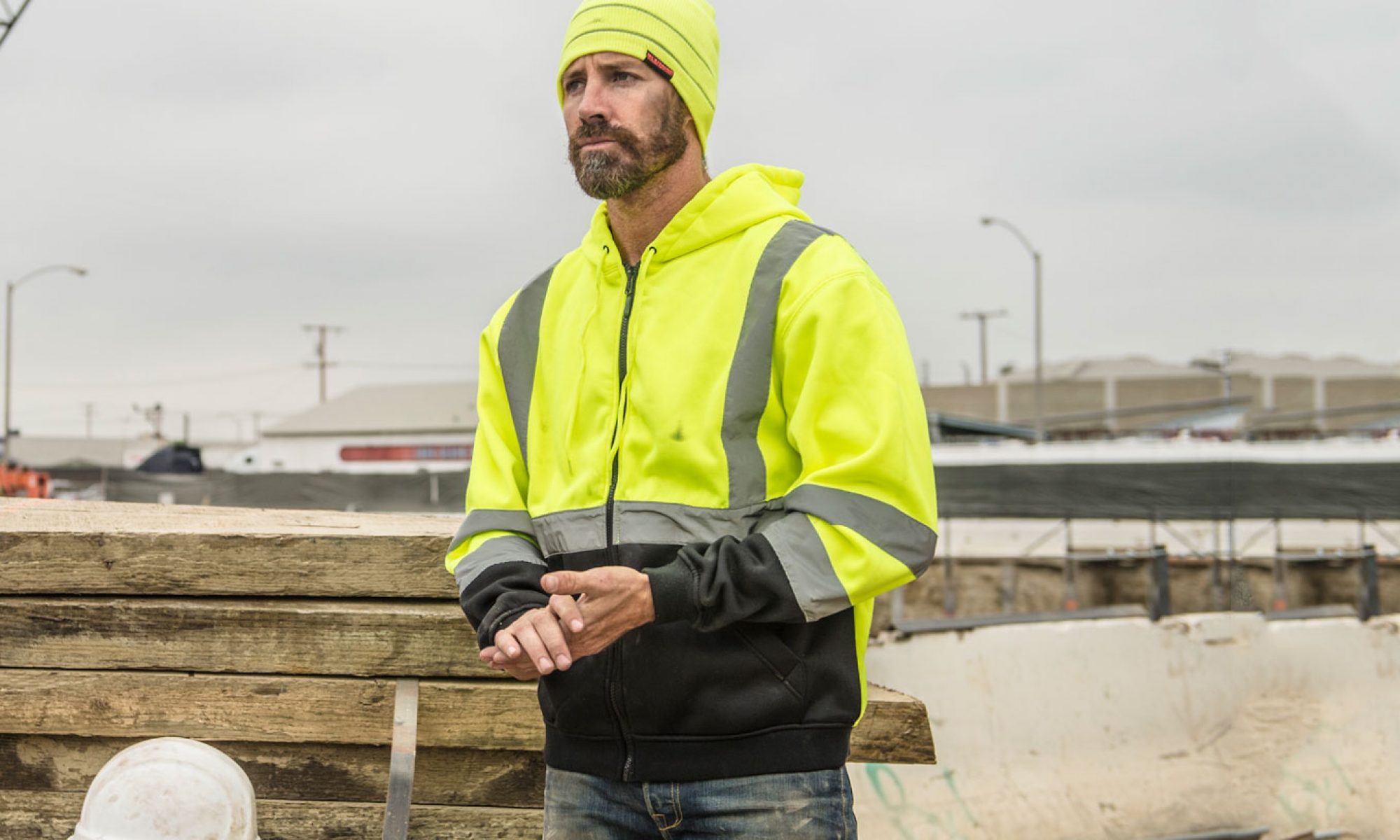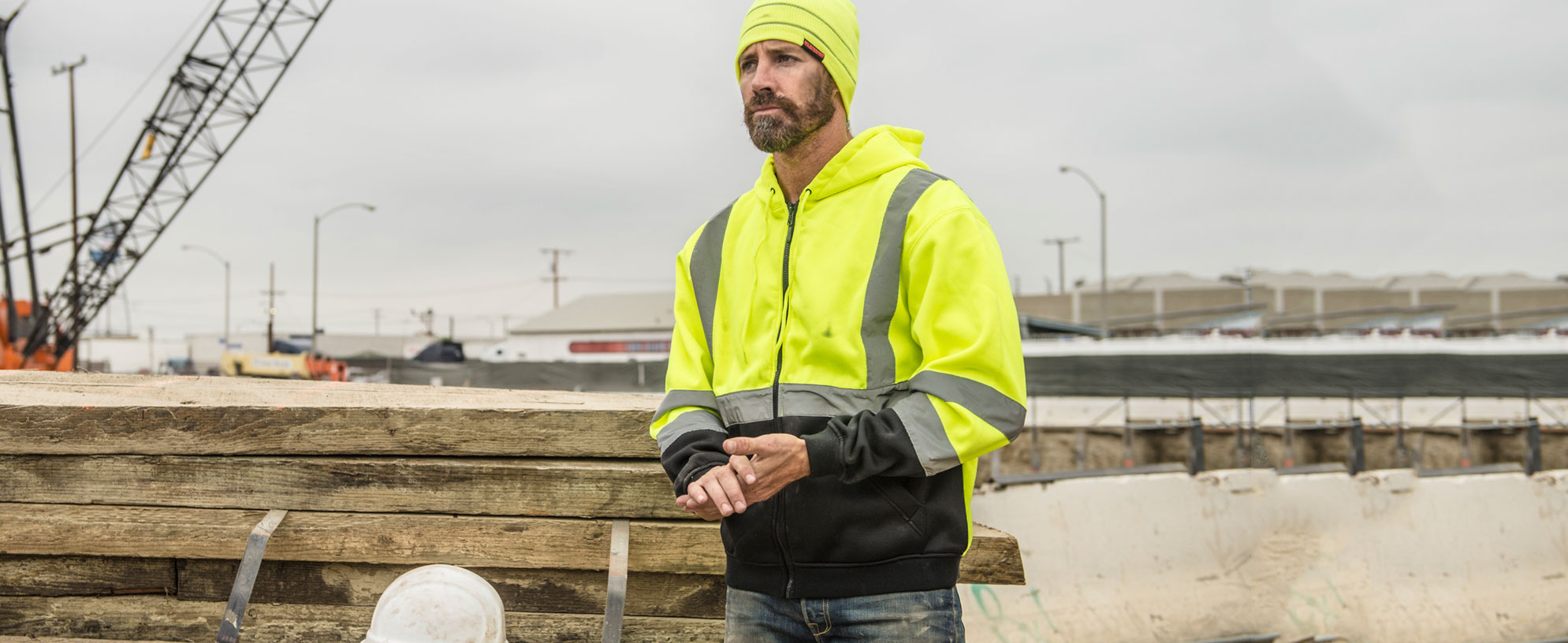If your company is not following ANSI 107-1999, your employees may not be as safe as you think.
Fred Rasmussen was convinced that road construction workers with the Louisiana Department of Transportation and Development (LDOT) wore vests that made them highly visible to oncoming traffic. “We had what we thought was a pretty good vest,” said the director of safety for LDOT since the early 1990s.
Yet, as with many companies and government entities across the country that have workers in a variety of low-visibility conditions, LDOT’s workers were not as noticeable as they could be to oncoming traffic. Rasmussen realized, after a visibility study was done, that workers’ vests were not conspicuous from all angles.
“Problems associated with vests were monumental. If a worker was viewed from the side, his visibility was lost completely. He just didn’t show up,” he said. “There had to be a better way.”
Rasmussen visited Europe in March 1999 and was impressed by the type of high-visibility clothing worn by road construction workers. Their clothing contrasted with their work zone’s background and was clearly recognizable to drivers at any angle.
Many of the requirements in the European EN 471 standard were adopted three months later in the United States as part of the American National Standards Institute’s (ANSI) approval of a voluntary standard for high-visibility apparel.
A Standard Solution
Before there was a national standard, U.S. companies had few guidelines for determining the best design, performance specifications and use of high-visibility apparel for their work sites. What guidelines existed dealt mainly with flaggers, such as the Federal Highway Administration’s Manual on Uniform Traffic Control Devices and OSHA’s construction standard on signaling, which states in 29 CFR 1926.201(a)(4) that “flagmen shall be provided with and shall wear a red or orange warning garment while flagging. Warning garments worn at night shall be of reflectorized material.”
Because there was not a nationwide consensus for how to achieve high-visibility safety, injuries and fatalities continued to be a problem at road construction sites. In 1998, for example, 104 workers were killed in work zones. The concern likely will grow because road construction sites are expected to increase in number by 66 percent over the next six years. The issue was serious enough to prompt OSHA in April to launch hundreds of targeted inspections of road construction zones in Illinois, Wisconsin and Ohio.
With the International Safety Equipment Association (ISEA) serving as secretariat, the American National Standard for High-Visibility Apparel (ANSI/ISEA 107-1999) was approved June 1, 1999. The standard provides guidelines not only for road construction employees, but also railway and utility workers, law enforcement and emergency response personnel, survey and airport ground crews, and others routinely exposed to hazards of low visibility. High-visibility garments are available in vests, jackets, coveralls, rainwear and harnesses.
The voluntary standard is in response to concerns that U.S. workers exposed to low-visibility hazards are not wearing appropriate apparel. As a result, these workers face hazards of being struck by vehicles and other types of moving equipment stemming from the inability of others, including fellow workers, to see them.
“There is a real need to protect people who work in situations that make it difficult to be seen,” said Janice Comer Bradley, CSP, ISEA’s technical director. “Low-visibility hazards are an even greater risk where there are complex backgrounds, as found in many occupations such as working on foot in close proximity to construction equipment and vehicle roadway traffic. Vehicle operators cannot recognize a worker who is wearing inadequate or nonenhanced-visibility clothing in sufficient time to avoid an accident.”

